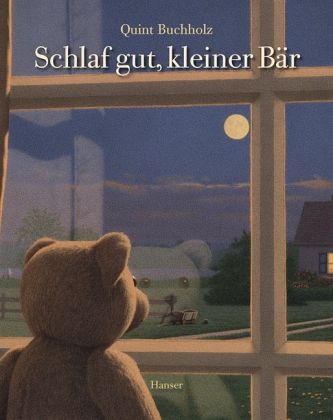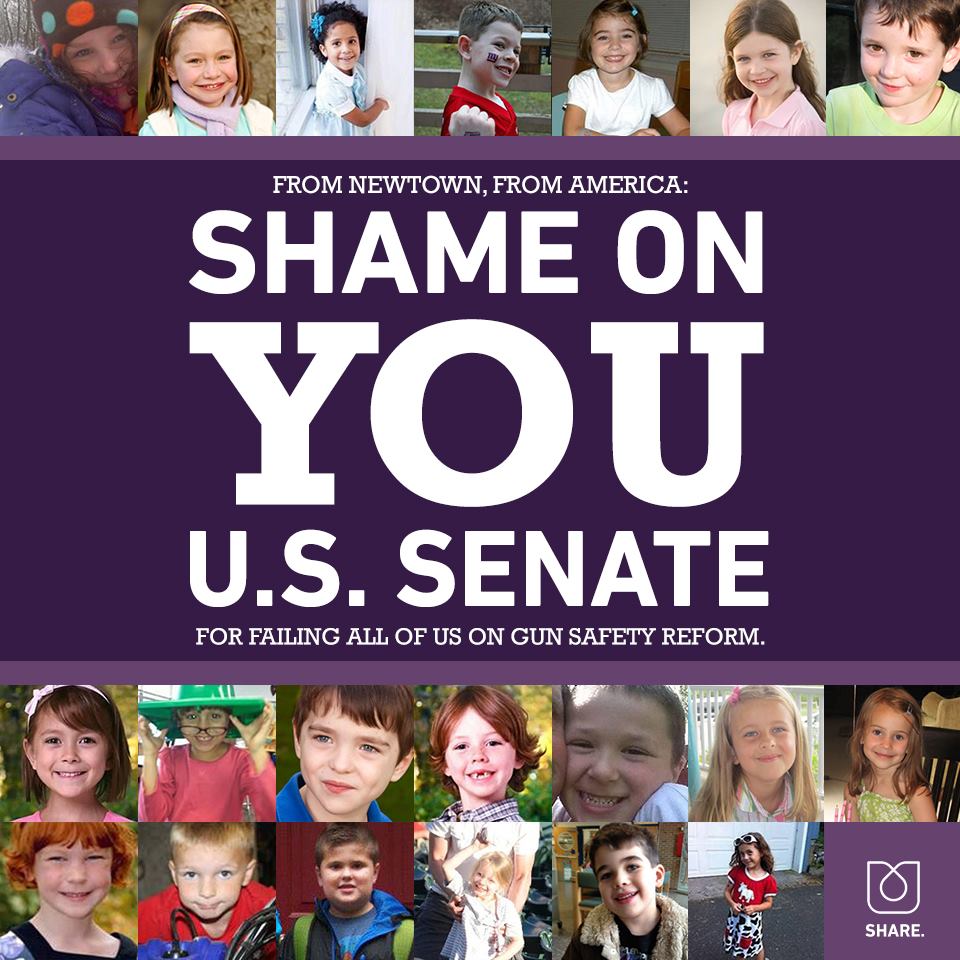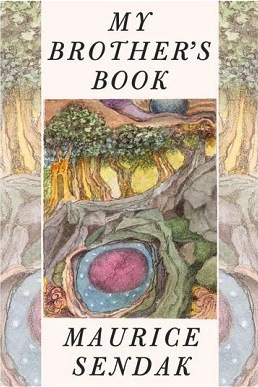One year later: Maurice Sendak (June 10, 1928 — May 8, 2012)
On the first anniversary of Maurice Sendak’s passing, I’ve gathered here some posts for those who want to consider what he has meant and continues to mean – as an artist, a writer, and (for those who knew him) a friend. It’s strange to think that it’s been a full year since he passed away.







